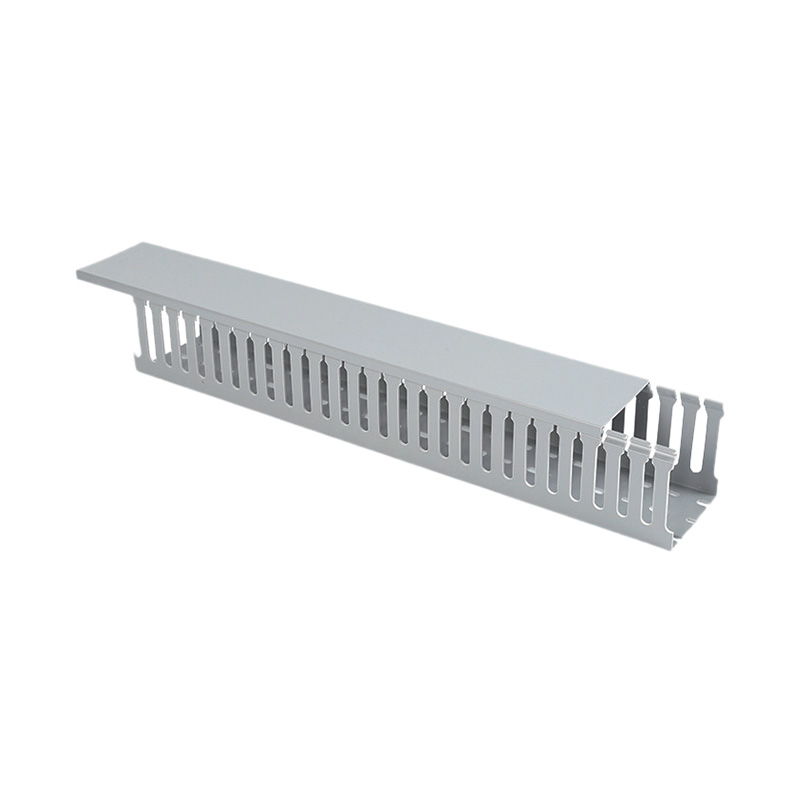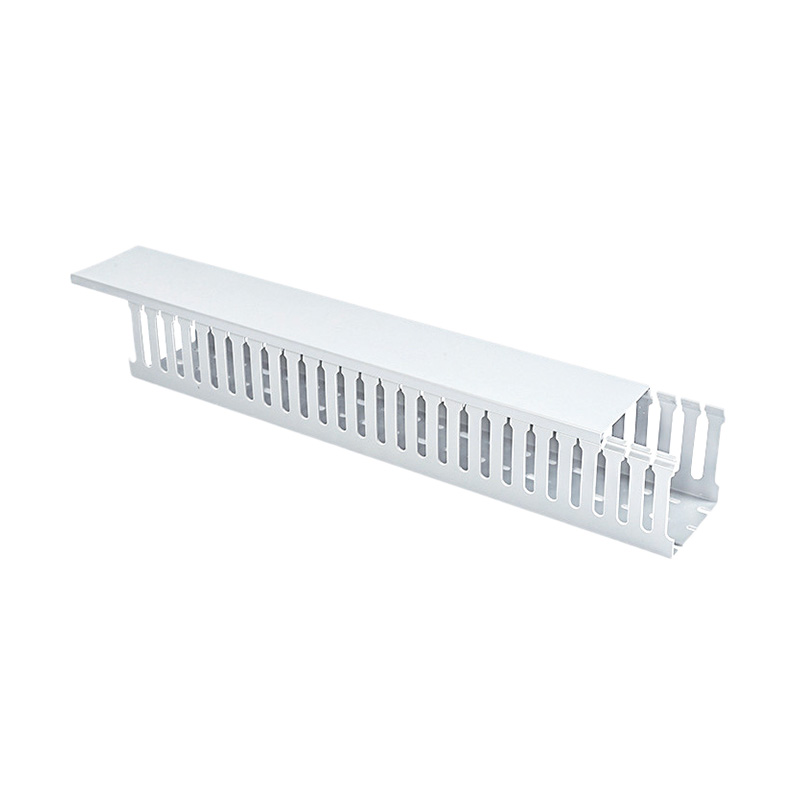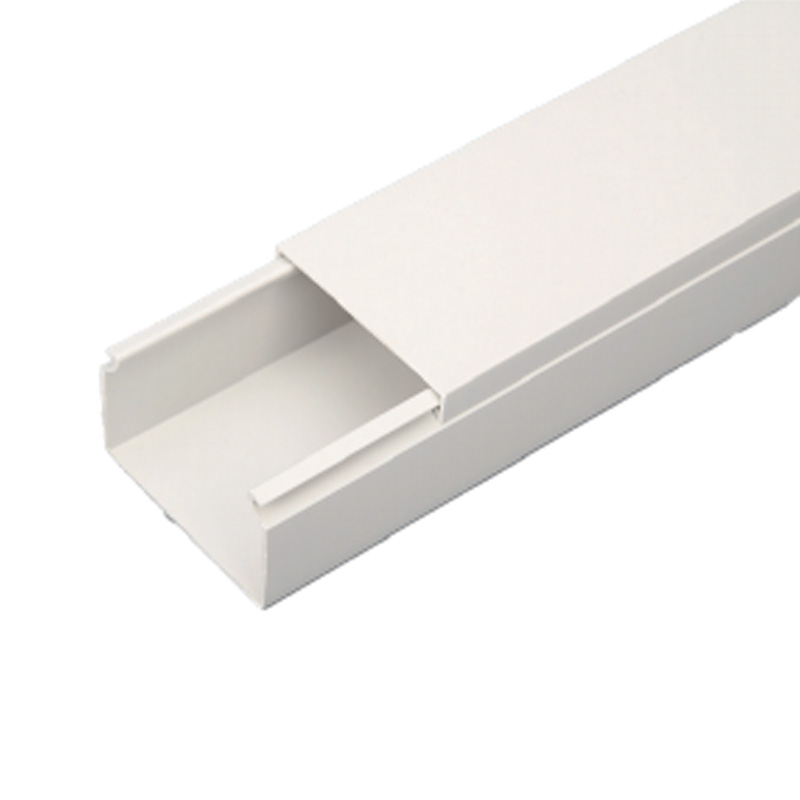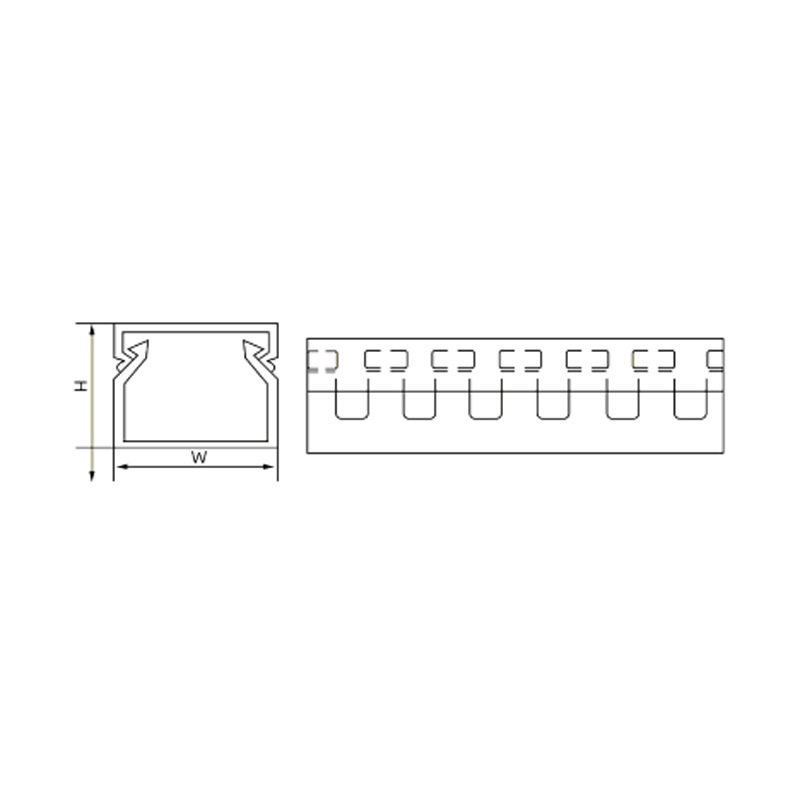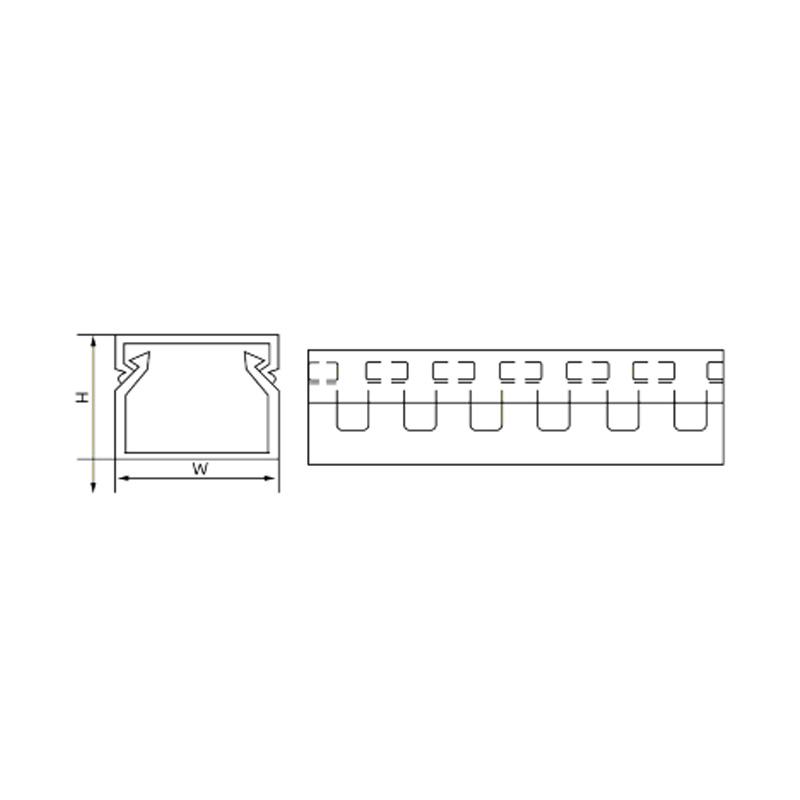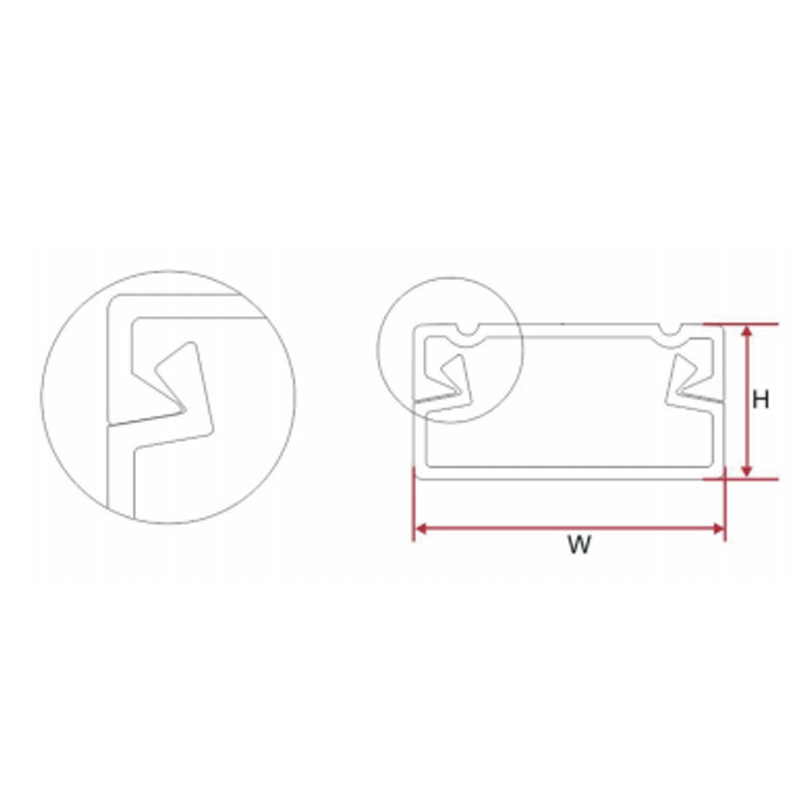Understanding and selecting the correct IP rating is essential when choosing a Waterproof Junction Box or Waterproof Distribution Box. It ensures safety, reliability, and long-term...
READ MORE-
-
Outdoor electrical installations face unique challenges that require specialized components to ensure their reliability and safety. Among the more important components are metal ca...
READ MORE -
Durability is a key factor when designing and maintaining electrical systems. With so many environmental challenges that electrical installations face—such as excessive temperature...
READ MORE -
Safety compliance is not just about adhering to regulations; it’s about protecting people, equipment, and infrastructure from the risks of electrical hazards. Electrical fires, sho...
READ MORE
Industry Knowledge Extension
What Defines the Dimensions and Specifications of an Insulated Distribution Trough?
An insulated distribution trough, more commonly known as a wire duct or cable raceway, is a fundamental component in electrical enclosures and control panels. Its primary role is to route, protect, and organize wiring, ensuring a safe and orderly environment for electrical systems. The dimensions and specifications of these troughs are not arbitrary; they are carefully engineered to meet specific application demands, balancing space constraints with performance requirements.
Key Dimensional Considerations
The critical dimensions are the width and height of the duct, which directly determine its capacity. Standard widths can range from as narrow as 25mm (approximately 1 inch) to over 200mm (approximately 8 inches), with heights varying similarly to create different cross-sectional areas. The thickness of the material, often between 1.5mm to 2.5mm, contributes to its structural rigidity and resistance to impact. Another vital specification is the bending radius, which dictates how sharply the duct can be turned without pinching or damaging the cables inside. These dimensions are standardized to ensure compatibility with mounting hardware, enclosures, and accessories like dividers and end caps.
Material and Performance Specifications
Beyond physical size, technical specifications define the product's quality and suitability. The material is typically UL 94 V-0 rated polyvinyl chloride (PVC) or similarly rated plastics, signifying its self-extinguishing properties and high dielectric strength for electrical insulation. Specifications also include performance metrics like IP (Ingress Protection) ratings, which quantify resistance to dust and moisture—a critical factor for industrial environments. Additional features may include UV resistance for outdoor use, halogen-free composition for low smoke emission in fire scenarios, and flame-retardant additives.
What are the Special Features of the Open-Slot Wire Duct?
The open-slot design is a defining feature that significantly enhances the functionality and user experience of modern wire ducts.
Effortless Wire Insertion and Modification
The primary advantage of the open slot is the ability to add, remove, or reroute wires at any point along the duct's length without disassembling the entire system or cutting the wires. This is achieved through regularly spaced openings or a continuous slot along the top of the duct. Installers simply press wires into the duct, and flexible fingers or tabs hold them securely in place. This feature is indispensable during the initial wiring phase and for future maintenance or system upgrades, saving considerable time and labor costs.
Enhanced Ventilation and Heat Dissipation
Bundling numerous current-carrying wires together can generate significant heat. The open-slot design, unlike a fully enclosed conduit, allows for passive airflow around the cables. This natural ventilation helps dissipate heat more effectively, preventing overheating and preserving the integrity of the wire insulation. This contributes to the overall safety and longevity of the electrical system by reducing the thermal stress on the components.
What is the Typical Lifespan of an Open-Slot Wiring Cable Raceway Duct?
The service life of an open-slot wire duct is not defined by a single number but is influenced by several interconnected factors. Under ideal conditions, a high-quality duct can last for the entire lifespan of the machinery or panel it is installed in, often 20 years or more.
1. Material Composition and Quality
The base material is the significant determinant of longevity. High-grade, UV-stabilized PVC or polycarbonate resists environmental degradation. Ducts manufactured with these materials are inherently resistant to yellowing, becoming brittle, or cracking due to exposure to sunlight, temperature fluctuations, or industrial chemicals. Inferior, non-UV-stabilized plastics may degrade and become fragile in a few years, especially in harsh environments, compromising their protective function and insulation properties.
2. Environmental and Operational Conditions
The operating environment plays a crucial role. A duct installed in a clean, climate-controlled office setting will typically outlast one in a manufacturing plant. Factors that can accelerate aging include:
Continuous Thermal Stress: Constant exposure to high temperatures from nearby equipment or high current loads can cause plasticizers to leach out of the material, making it brittle over time.
Chemical Exposure: Contact with oils, solvents, acids, or other aggressive chemicals can degrade the plastic, swelling, softening, or cracking.
Physical Abuse: While designed to be durable, consistent impact, abrasion, or overfilling that stresses the material can physical breakage of the fingers or the duct itself.


 English
English 中文简体
中文简体 Español
Español عربى
عربى

